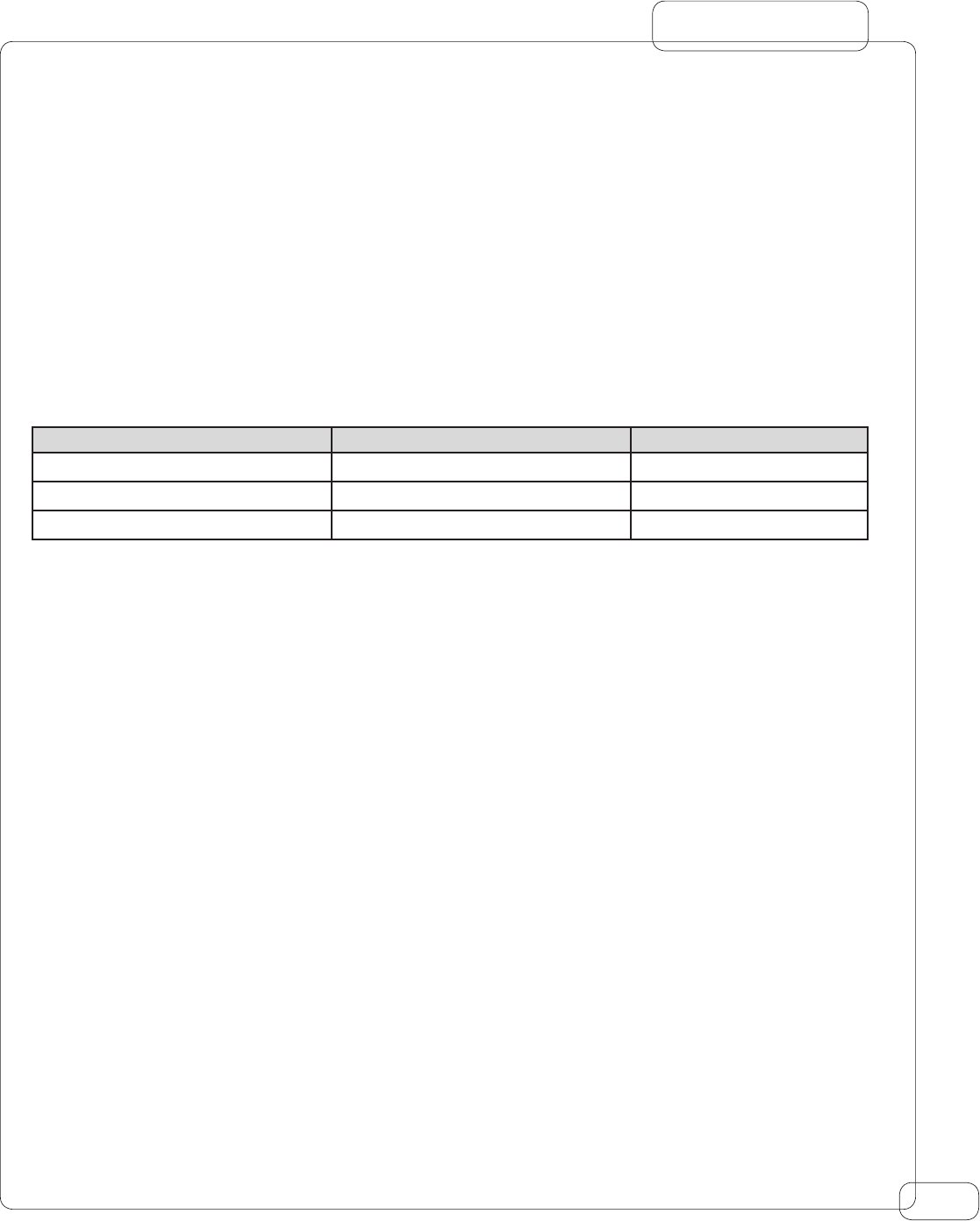
7
VMWARE WHITE PAPER
It is recommended that FT primary virtual machines be distributed across multiple hosts and, as a general rule of thumb, the number
of FT virtual machines be limited to four per host. In addition to avoiding the possibility of saturating the network link, it also reduces
the number of simultaneous live migrations required to create new secondary virtual machines in the event of a host failure.
2.8. DRS and VMotion
DRS takes into account the additional CPU and memory resources used by the secondary virtual machine in the cluster, but
DRS does not migrate FT enabled virtual machines to load balance the cluster. If either the primary or secondary dies, a new
secondary is spawned and is placed on the candidate host determined by HA. The candidate host determined by HA may not be an
optimal placement for balancing, however one can manually VMotion either the primary or the secondary virtual machines to a
dierent host as needed.
2.9. Timer Interrupts
Though timer interrupts do not signicantly impact FT performance, all timer interrupt events must be recorded at the primary
and replayed at the secondary. This means that having a lower timer interrupt rate results in a lower volume of FT logging trac.
The following table illustrates this.
Guest OS Timer interrupt rate Idle VM FT trac
RHEL5.064-bit 1000 Hz 1.43 Mbits/sec
SLES10SP232-bit 250 Hz 0.68 Mbits/sec
Windows2003DatacenterEdition 82 Hz 0.15 Mbits/sec
Where possible, lowering the timer interrupt rate is recommended. See KB article 1005802 for more information on how to reduce
timer interrupt rates for Linux guest operating systems.
2.10. Fault Tolerance Logging Bandwidth Sizing Guideline
As described in section 1.2, FT logging network trac depends on the number of non-deterministic events and external inputs that
need to be recorded at the primary virtual machine. Since the majority of this trac usually consists of incoming network packets
and disk reads, it is possible to estimate the amount of FT logging network bandwidth (in Mbits/sec) required for the virtual machine
using the following formula:
FT logging bandwidth ~= [ (Average disk read throughput in Mbytes/sec * 8) + Average network receives (Mbits/sec) ] * 1.2
In addition to the inputs to the virtual machine, this formula reserves 20 percent additional networking bandwidth for recording
non-deterministic CPU events and for the TCP/IP headers.
3. Fault Tolerance Performance
This section discusses the performance characteristics of Fault Tolerant virtual machines using a variety of micro-benchmarks and
real-life workloads. Micro-benchmarks were used to stress CPU, disk, and network subsystems individually by driving them to
saturation. Real life workloads, on the other hand, have been chosen to be representative of what most customers would run and
they have been congured to have a CPU utilization of 60 percent in steady state. Identical hardware test beds were used for all the
experiments, and the performance comparison was done by running the same workload on the same virtual machine with and
without FT enabled. The hardware and experimental setup details are provided in the Appendix. For each experiment, the trac on
theFTloggingNICduringthesteadystateportionoftheworkloadisalsoprovidedasareference.
3.1. SPECjbb2005
SPECjbb2005isanindustrystandardbenchmarkthatmeasuresJavaapplicationperformancewithparticularstressonCPUand
memory. The workload is memory intensive and saturates the CPU but does little I/O. Because this workload saturates the CPU and
generates little logging trac, its FT performance is dependent on how well the secondary can keep pace with the primary.
